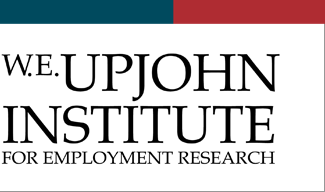Upjohn Author ORCID Identifier
Series
Upjohn Institute working paper ; 11-178
**Published Version**
In Annual Review of Resource Economics 4: 55-73
DOI
10.17848/wp11-178
Issue Date
November 30, 2011
Abstract
Public policies may affect employment by directly creating jobs, facilitating job creation, or augmenting labor supply. In labor markets with high unemployment, such employment changes may have significant net efficiency benefits, which should be included in benefit-cost analyses.
The research literature offers diverse recommendations on measuring employment benefits. Many of the recommendations rely on arbitrary assumptions. The resulting employment benefit estimates vary widely.
This paper reviews this literature, and offers recommendations on how to better measure employment benefits using estimable parameters. Guidance is provided on measuring policy-induced labor demand, estimating the demand shock’s impact on labor market outcomes, and translating labor market impacts into efficiency benefits. Two measures are proposed for efficiency benefits, one relying on adjusted reservation wage gains, the other on adjusted earnings gains.
Subject Areas
LABOR MARKET ISSUES; ECONOMIC DEVELOPMENT; Local labor markets
Get in Touch With The Expert
Want to arrange to discuss this work with the author(s)? Contact our .
Included in
Citation
Bartik, Timothy J. 2011. "Including Jobs in Benefit-Cost Analysis." Upjohn Institute Working Paper 11-178. Kalamazoo, MI: W.E. Upjohn Institute for Employment Research. https://doi.org/10.17848/wp11-178

